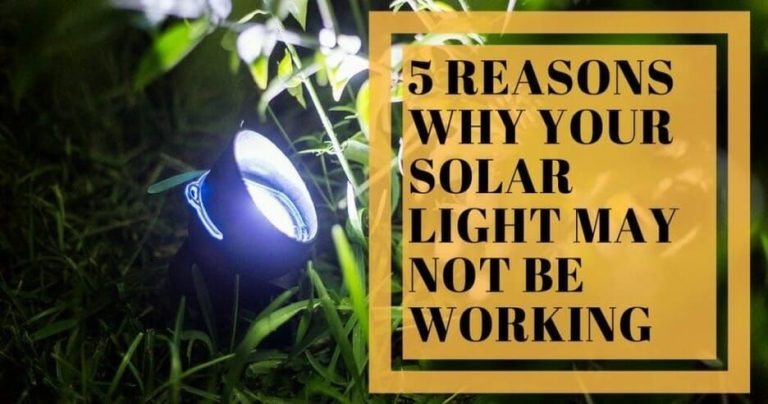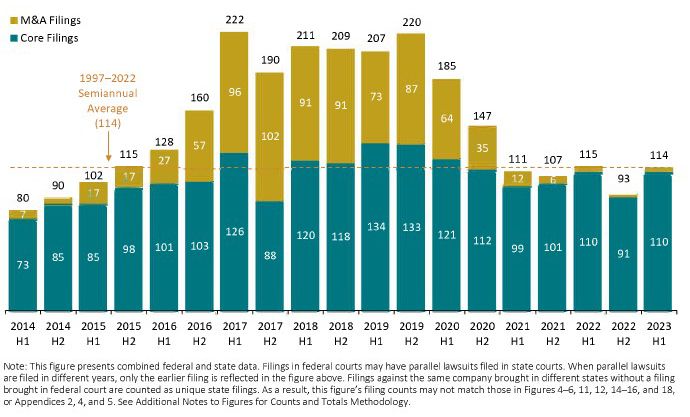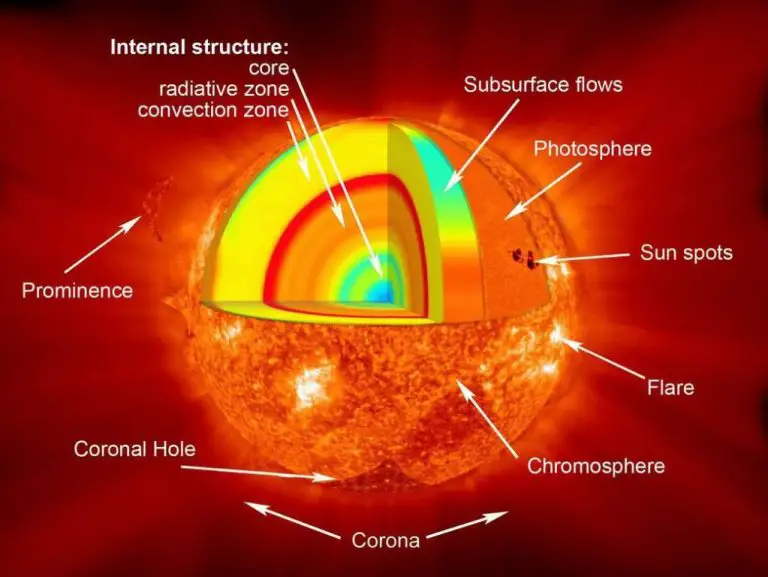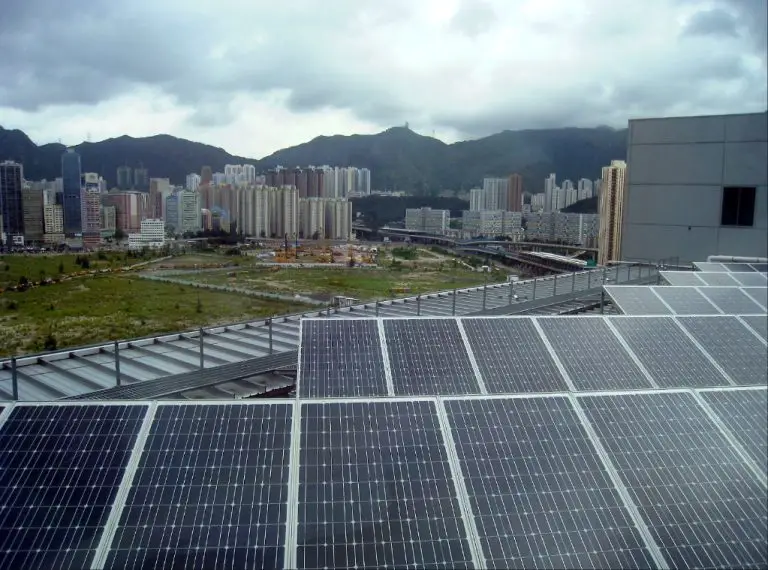Can A House Run On Solar Power Alone?
Can Your Home Really Run on Solar Power Alone?
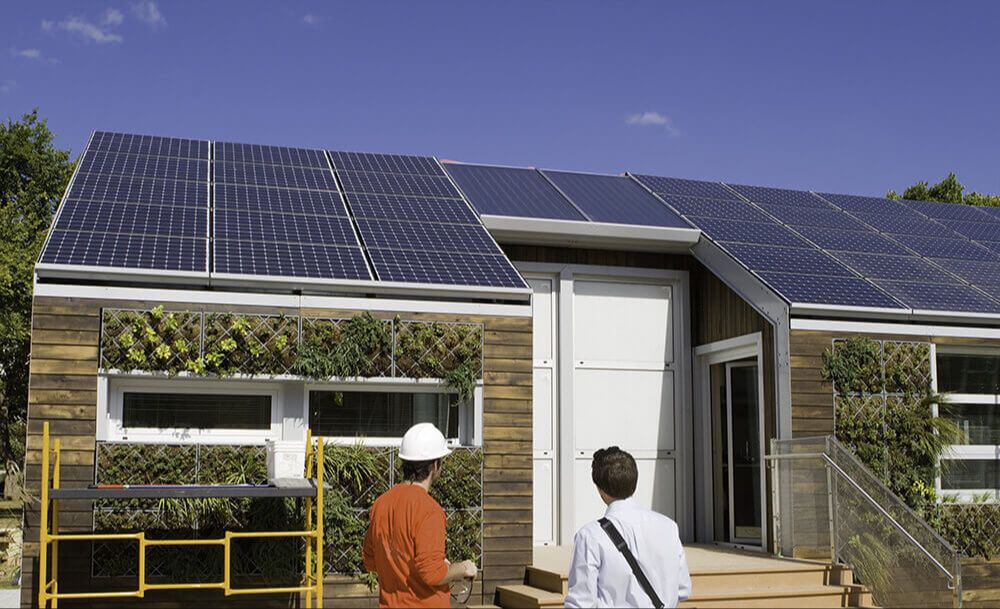
With climate change accelerating and electricity rates rising, more homeowners are considering solar panels to power their homes. The dream is to fully run your home on the sun’s energy alone, reducing or even eliminating reliance on the grid. But is this really feasible with today’s solar technology?
Residential solar installations have been growing exponentially, rising 34% from 2020 to 2021 in the U.S. alone. However, solar currently accounts for only 4% of electricity generation nationwide. There are many variables that determine whether solar power can fully sustain a home.
In this article, we’ll examine typical home energy use, solar panel output, battery storage capacity, net metering policies, energy efficient home design, and cost considerations. We’ll also look at real-world case studies to assess the viability of homes running entirely on solar power.
Typical Home Energy Usage
The average U.S. home uses about 10,600 kWh of electricity per year according to the U.S. Energy Information Administration (source). This equates to roughly 30 kWh per day for heating, cooling, lighting, appliances, and other electrical equipment.
Heating and cooling accounts for over half of energy use in a typical home. Central air conditioners use about 3,500 kWh per year while furnaces use about 4,500 kWh per year on average (source). Other major appliances like refrigerators, water heaters, and clothes dryers can use 1,500-3,000 kWh per year depending on efficiency.
Larger homes with more bedrooms and larger square footage tend to use 20-40% more energy than smaller homes. Luxury homes with amenities like pools, hot tubs, and sophisticated lighting and automation systems can use upwards of 30,000+ kWh per year.
Solar Panel Output
A typical residential solar panel system can produce anywhere from 10 to 15 kilowatt hours (kWh) of electricity per day for an average household. However, the actual amount of energy solar panels produce depends on several key factors:
Sun exposure – Solar panels need direct exposure to sunlight to operate at full capacity. The orientation and angle of the panels impact production. Facing south is optimal in the northern hemisphere.
Climate and location – Solar output varies based on the climate and latitude. Areas with consistently sunny weather will produce more solar energy. Production is higher in summer months.
Panel wattage and efficiency – Standard panels range from 250-400 watts, with higer wattage panels producing more electricity. Newer panels also tend to have higher solar cell efficiency.
According to Solar Reviews, an average solar panel can produce around 2 kWh per day. More powerful panels over 300 watts may produce over 3 kWh daily. Overall, a typical 5 kW solar system with high efficiency panels can realistically generate 20-30 kWh on an average day.
Battery Storage
One key component to enable a home to run fully on solar power is having battery storage to store excess solar energy captured during the day. This stored energy can then be used at night when solar panels are not actively generating electricity (Tesla). The amount of battery storage capacity needed depends on factors like the size of the home, energy usage, and climate. In general, experts recommend having at least two days worth of battery storage capacity to keep a home powered through extended cloudy periods (CNET). Some popular home battery options include the Tesla Powerwall, the LG Chem RESU10H, and the sonnenCore (Sunrun). High capacity battery storage systems like these allow solar powered homes to operate independently of the grid, even at night or during outages.
Net Metering
Net metering policies allow homeowners with solar panels to sell excess electricity they generate back to the grid. This effectively allows homeowners to use the grid as a battery, storing surplus solar energy during the day and drawing from the grid when needed at night (Solar Net Metering Explained (2024)).
With net metering, solar customers get credit for excess energy fed back into the grid, offsetting the energy they use when solar is not producing. This makes solar panels more financially viable by providing savings on electricity bills for any solar energy produced and not immediately used in the home. The utility company purchases the excess electricity at the retail rate, rather than a lower wholesale rate (Net Metering | SEIA).
Net metering provides significant economic benefits and increases demand for solar energy. However, some utilities argue it shifts grid maintenance costs to non-solar customers. Rules and policies vary by state, with some places imposing grid access fees, net metering caps or moving to “buy-all, sell-all” models.
Energy Efficient Design
There are several design methods that can dramatically reduce a home’s energy consumption. Using passive solar design strategies such as proper orientation, window placement, thermal mass, and shading can maximize solar heat gain in the winter and minimize it in the summer (https://www.energy.gov/energysaver/design/passive-solar-home-design). High levels of insulation in walls, ceilings, floors, and foundations also greatly reduce heat loss in winter and heat gain in summer. The U.S. Department of Energy recommends ranges of R-values for different parts of the home, such as R-38 to R-60 for ceilings and R-13 to R-30 for walls (https://www.energy.gov/energysaver/insulation). Installing ENERGY STAR certified high efficiency lighting, heating/cooling systems, appliances and electronics can reduce home electricity use by 10-50% (https://www.energystar.gov/products).
Cost Considerations
The cost of installing a solar power system is determined by three major components – the solar panels, inverters, and battery storage. According to Forbes, in 2023 the average cost of solar panels is around $16,000, with costs ranging from $4,500 to $36,000 depending on system size, equipment, and location. Larger systems for bigger homes generally start at around $15,000 for a 6 kW system and go up to $21,000 before incentives.
High-efficiency solar panels such as SunPower X-Series run $3 to $4 per watt, while more budget-friendly options from manufacturers like REC Solar and Hanwha Q Cells cost $0.9 to $1.25 per watt. Adding battery storage for overnight power will add another $7,000 to $14,000 depending on battery capacity.
The cost can be reduced significantly through federal and state solar tax credits. The federal solar tax credit currently allows for 26% of the system cost to be deducted from federal taxes, while state incentives like rebates can reduce costs by thousands more. Taking advantage of net metering programs with utilities also offsets costs over the lifespan of the system.
Lifestyle Factors
How a homeowner lives and uses energy on a daily basis can significantly impact whether solar power alone is feasible. According to New Day Solar, when a home transitions to solar power it essentially becomes a small renewable energy plant. This requires tapping into the sun’s clean energy in a thoughtful way aligned with your lifestyle and energy needs.
Travel schedules, work hours, and appliance use habits affect how much energy is consumed throughout the day. For example, homeowners who are away at work all day won’t be using as much air conditioning or lighting during work hours. Running energy-intensive appliances like the dishwasher or clothes dryer at night can take advantage of solar energy captured and stored earlier in the day in batteries. Being conscious and strategic about daily routines and energy needs makes it more feasible to rely solely on solar.
According to Sun Solar Electric, going solar requires a shift in mindset for many homeowners. While it may seem like a simple home upgrade, using solar power has a significant effect on energy usage habits and lifestyle. Homeowners must be prepared to adapt routines to align with solar energy production and storage capabilities.
Case Studies
Real world examples demonstrate the feasibility and tradeoffs of relying solely on solar power for a home. Looking at both on-grid and off-grid installations provides insights.
An off-grid solar home in Colorado relies entirely on a 9 kW solar array and battery storage (https://unboundsolar.com/off-grid-packages). While expensive initially, the homeowner enjoys energy independence. However, lifestyle adjustments to conserve energy were required.
Conversely, an on-grid net metered home in California supplements solar power with the grid as needed (https://www.altestore.com/off-grid-home-solar-power-systems-c567/). This provides a backup power source, but the home is not fully energy independent.
In both cases, ample solar panel capacity and battery storage were essential to minimizing reliance on the grid. Energy efficiency also reduced overall consumption.
Conclusion
Going off-grid with solar power alone is feasible but requires careful planning and commitment. The key factors are having an energy efficient home, proper solar panel sizing, and battery storage to supply power when sunlight is unavailable. The main barriers currently are the high upfront costs of solar panels and batteries. However, as panel efficiency rises and battery storage costs decrease, going completely solar-powered will become more practical for the average homeowner.
With smart home design and improving technology, we can expect to see more houses relying solely on the sun for their energy needs. But for now, most homes use solar to supplement utility grid power. Though solar alone can fully power some houses, grid interconnection helps reduce costs through net metering. The outlook for off-grid solar living continues to improve as renewable energy advances.

